New Questions & Answers
Roseville Electric Staff recently met with the Roseville Coalition of Neighborhood Associations (RCONA) and presented and overview of the Liquid Management System (LMS) project. Some of the attendees were unfamiliar with the project and asked good questions. Some of them had had been previously addressed on the LMS Frequently Asked Question (FAQ) webpage hosted on this site.
However, some new questions were submitted via the liquidmanagementsystem@roseville.ca.us email address. Those new questions and answers will be added to the FAQ webpage. They are also listed below. If these questions stimulate other questions, feel free to use the project email address listed above, or call (916) 746-1699 to get your answers.
Question and Answers
- What happens after the projected 20-year lifespan of the system if there should be no interim problems?
Prior to the wells being constructed and operated, the EPA will require Roseville Electric to have Plugging and Abandonment Plans in place to safely decommission the wells. The required plans will outline all aspects of the decommissioning from the financial requirements, engineering, ongoing monitoring as determined and making the site look as it did prior to the installation of the wells. - Do all the wells and equipment remain down there because there is no sure way to plug the fractures left behind?
The only time that a fracture might be created is during step testing (required by the EPA to permit the well). The Step Rate Test (SRT) involves a series of constant rate injection tests, all with the same duration, with each successive step at a higher injection rate and injection pressure. The injection rate can be increased until the formation parting pressure is exceeded, at which point the injection pressure suddenly drops (showing up as in inflection point on the rate vs. pressure curve). However, the EPA does not always require that the parting pressure be reached, as long as the maximum injection rate and pressure attained in the SRT is greater than the desired operational injection rate (with a safety factor included). Having said this, any fracture produced in a SRT will be limited in size and should heal after injection ceases. The fracture shouldn't open again unless the formation parting pressure is exceeded again, which is not allowed under permit.
All "equipment" will be removed from both wells, and then the wells will be sealed underground and capped according to EPA direction and the Plugging and Abandonment Plans. This will be done in order to protect surface water and underground drinking water supplies. - Will the equipment corrode or deteriorate in the salt water environment, and what happens to the chemicals that have been dumped down there?
The equipment will be engineered to withstand the corrosive operating environment. Additionally, there will be routine inspections, safety devices and maintenance performed to ensure any issues that arise are resolved in a timely manner.
The injected water contains base constituents already found in the salt water aquifer we will be injecting into, but at a much lower percentage, and will remain in that salt water aquifer. This salt water is considered untreatable for drinking water by California and EPA standards, and as such the injected water will be diluted to such a degree within the salt water aquifer it would not be detected in a discrete sample. - Will there continue to be perpetual monitoring to ensure future environmental safety afterwards?
The EPA will require monitoring during the operation of the wells. They will also determine what type of monitoring will be required after well closure. The monitoring duration and frequency will be based on items such as:- Historical well operation data
- Details of well construction such as depth and condition of well at the time of decommissioning
- Any reported safety concerns or operational failures during the life of the well or at the time of decommissioning.
- Historical well operation data
[*]While this may be the cheapest plan to operate now, how would it compare with future revenue loss or delays in home sales, and potential lawsuits for property damage, injuries, etc.?
- The new process will improve our system reliability
- The new process will be financially prudent
- The new process must be environmentally safe and compliant
- The new process must be a proven technology, acceptable to permitting agencies.
6. Your presentation at RCONA did not really address the other alternatives we asked more information about.
(re-published with the permission of Roseville Electric)



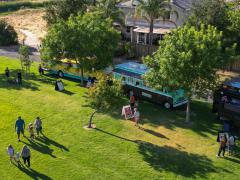
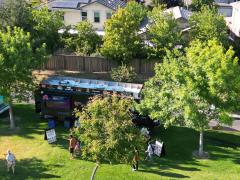
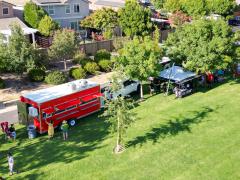
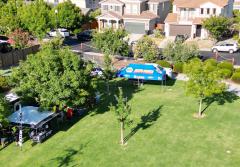
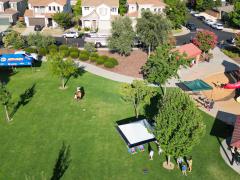
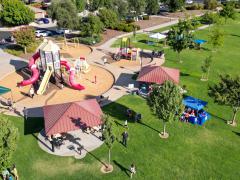
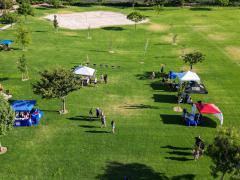
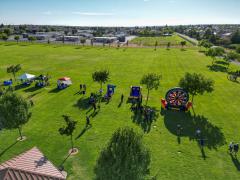

.jpg.296c4f9b814e93c3acee89acaac1d7e9.jpg)
.jpg.6b3ebaff1fd0e045cd8de51e87317c8a.jpg)
.jpg.1b55b3b439437918b8739148ddbf4171.jpg)
.jpg.793734edba13fb894471c2d86963beb0.jpg)
.jpg.a0deeb4f8c2ef2b5286ee415aa5bdef3.jpg)
.jpg.8f001df19b1cc4d522ddab16415656f3.jpg)
.jpg.607ba85a641473a3dce74f1e5c9ce1b3.jpg)
.jpg.e63821702a8055dc3839a87c52bbf86c.jpg)
.jpg.2149677f8044a79c93b9ad341cf1f2dd.jpg)
.jpg.2868d920626bba08a85a1aaed5391db6.jpg)
.jpg.b7e577504d33038e70c995c1cb0c3255.jpg)
.jpg.b06c4675de019177f8752c273ae3040d.jpg)
.jpg.13af6578261edcc098d86ede95e92d73.jpg)
.jpg.0a2155a39768c3c28f68d3cf20a6fbdb.jpg)
.jpg.b545a869278acaf5d9071e83cafb2378.jpg)
.jpg.2bc17dc7afb82ff85504e86ea3386f77.jpg)
.jpg.579b15c25b166b4db5b5837f5b425a40.jpg)
.jpg.56171e64df78f4aaed217a517c4bac59.jpg)
.jpg.8c548c5ab2e6f7a9813fa015857ad46f.jpg)
.jpg.ae7c2c1b1dd993e86dddae4a73651270.jpg)
.jpg.c3bf0d7fb41c08662a14de678b47ebb0.jpg)
.jpg.adc8fdbe54ede1d4ea166414870b6268.jpg)
.jpg.976b6d203b584bb3b95e72037ee7098a.jpg)
.jpg.75e5c92d60da119ec2bf3fde2b8efbe8.jpg)
.jpg.4348ef2ca3197a18004ededdeaa4e41b.jpg)
.jpg.74fdfe3d9fb982c6e29708f5ab219029.jpg)
.jpg.fea2c3c57714b3c4951fe7489592ee91.jpg)
.jpg.c09caa08007503b1d95eb68328d749ec.jpg)
.jpg.c4b4ea703eabe1f4d50dff2f05de700f.jpg)
.jpg.10e880365d144e5975bb69ef1201dfa0.jpg)
.jpg.46f7f8591acb1a18675bb82bb1a3d2ab.jpg)
.jpg.cbca1932c250203d4fb308e28a13258e.jpg)
.jpg.f1ca40f61b759b677e52e0e11655e271.jpg)
.jpg.1942a122c357e8307f1445ab8bb3bb6d.jpg)
.jpg.218a11559332d643e4964343378e4291.jpg)
.jpg.62287d46fedd6af165df9e335374bf5d.jpg)
.jpg.936bd69df0a5d4cf1899a38d4e766b45.jpg)
.jpg.00d9e487097a7111c1758523ba09550f.jpg)




Recommended Comments
There are no comments to display.
Join the conversation
You can post now and register later. If you have an account, sign in now to post with your account.